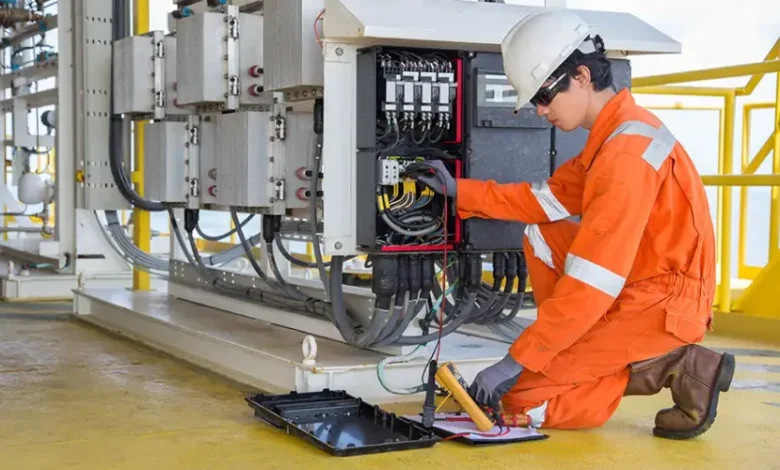The Importance of Practical Exercises in Electrical Safety Training

Electrical safety is one of the most important considerations in any workplace that deals with electrical systems. Each year, people are killed or injured in accidents involving electricity. Learning is essential to dramatically cut such incidences, and safety education is especially important for those working around electrical equipment.
Training should not be about showing videos and offering manuals; it should be a real experience. That’s where practical exercises come to bridge the gap. It is in these practical exercises that the trainee grasps knowledge, closing the theory-application gap as the trainee knows not only what to do but how to do it safely.
Contents
Hands-On Learning: The Key to Effective Electrical Safety Training
Practical exercises probably form one of the most important parts of good electrical safety training, as they give the trainee a chance to put into practice what he or she is taught. For instance, the possibility to practice how to properly de-energize electric equipment before performing maintenance can save lives.
The practical exercises are able to offer instant feedback. In case a mistake is noticed, the instructor can easily step in and correct and explain the wrong move that was made. This interactive feedback is important because it reinforces learning to help the trainee remember the correct procedures.
Engagement and Retention Through Practice
An important characteristic of practical exercises is the ability to engage trainees. Experience reveals that when students are engaged hands-on, they are likely to concentrate and take away more. This is very important in safety training because an inch of care can avert an accident. Through a physical demonstration of handling tools, wearing personal protective equipment, or going through real or simulated hazards, the trainees feel the importance of every step of what they do.
Furthermore, practical exercises help in the solidification of learning. Repetition through practice makes the steps more intuitive, reducing the chance that a trainee will be hesitant in a real situation. A typical example is the practice of emergency responses in electric fires, which, in turn, will equip the workers to respond quickly and correctly under pressure.
Making Safety a Part of the Culture
Practical exercises build a culture of safety within an organization, not just individually, but as a whole. Through inclusive practical training, like those provided by Facility Results, employees would become safety stewards in the workplace. Such an attitude would pave the way forward for continuous improvement in safety practices and be responsible for a decrease in workplace incidents.
In addition to that, instructors also benefit from the practical exercises. They are in a position of telling if the trainee knows what is required of them and if they are ready to execute electrical roles, meaning that it helps them to appropriately certify workers, which is a great advantage. The process is far more effective than tests that are done with only paper and pencil.
Conclusion
Practical exercises form the heart of electrical safety training. It helps to turn the theoretical knowledge base into practical skills, ensuring maximum possible engagement with, and retention of, safety practices. It does much toward promoting a proactive safety culture in the workplace.




